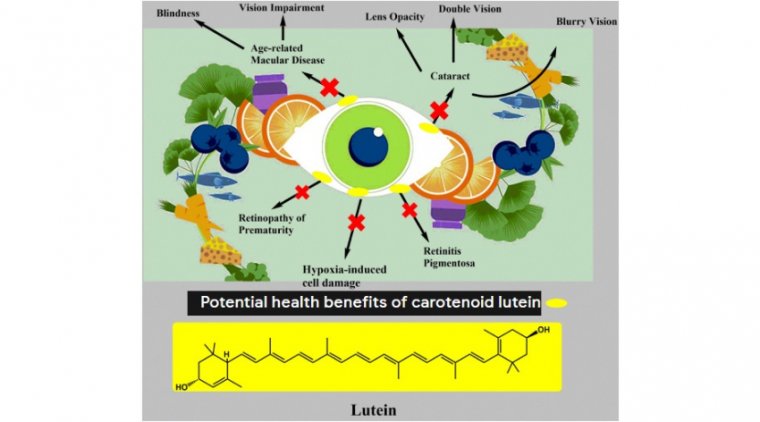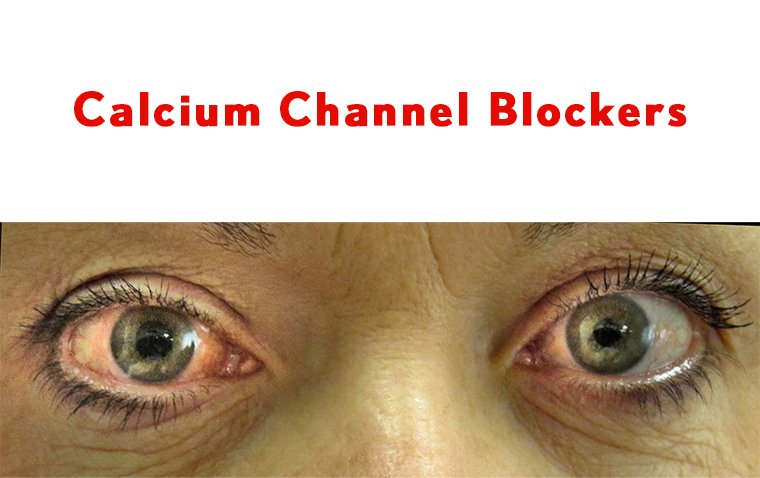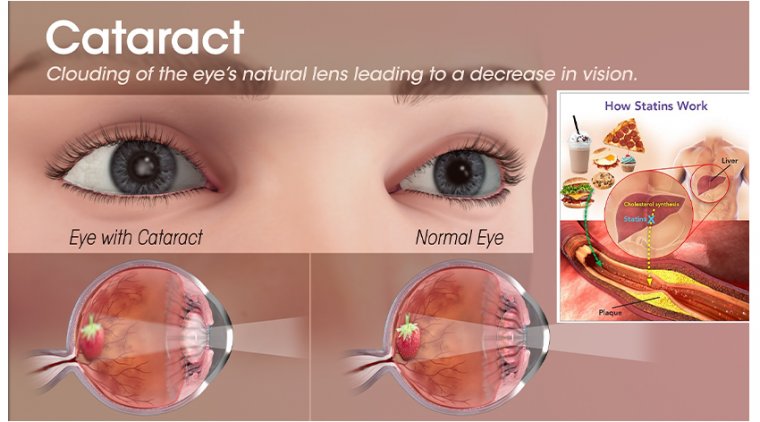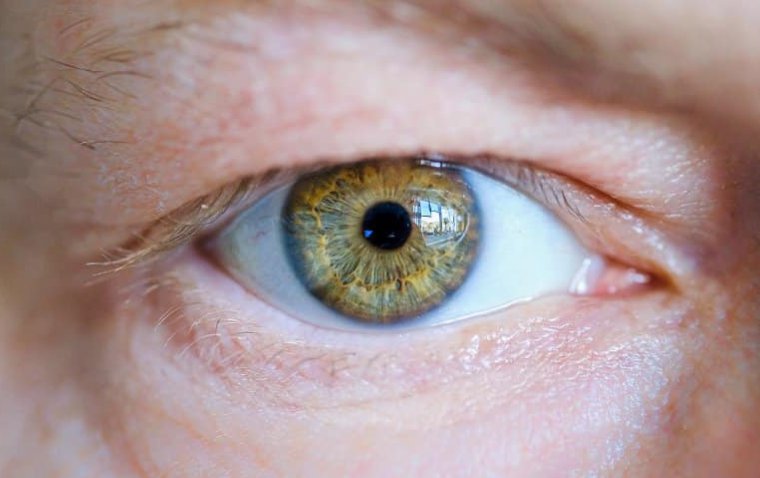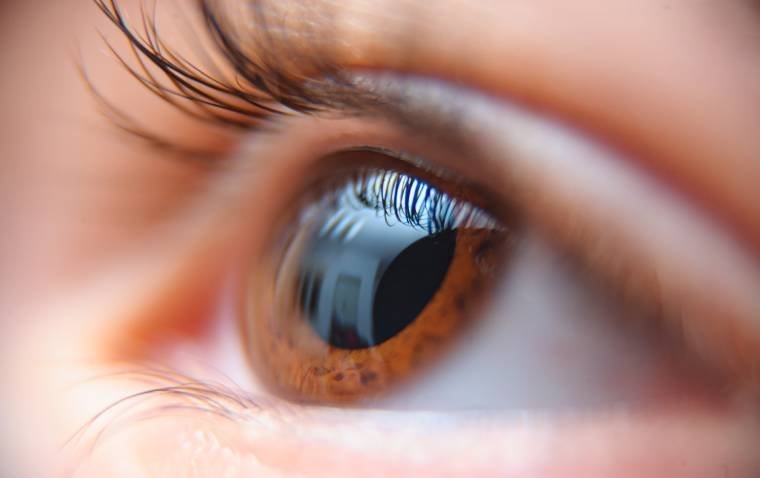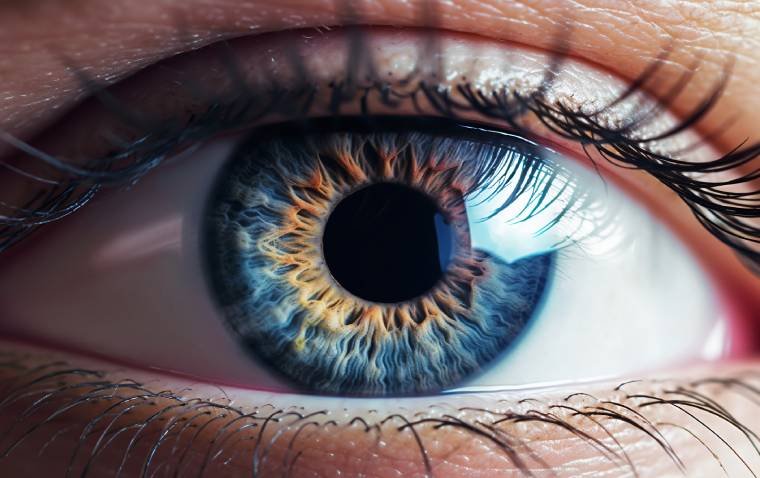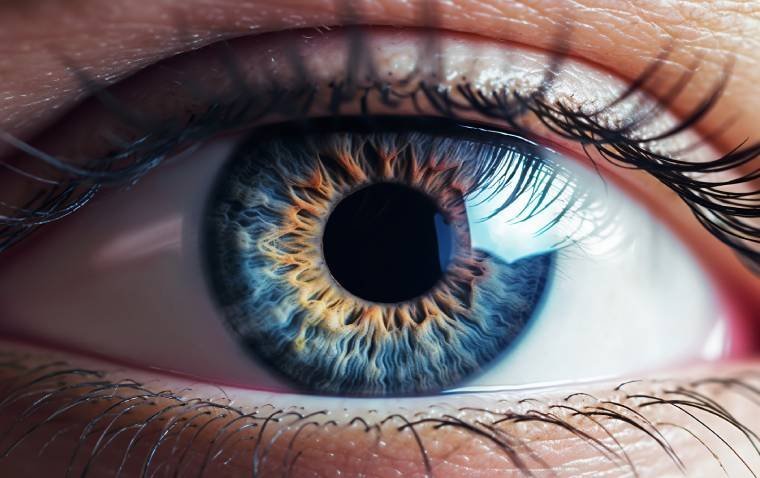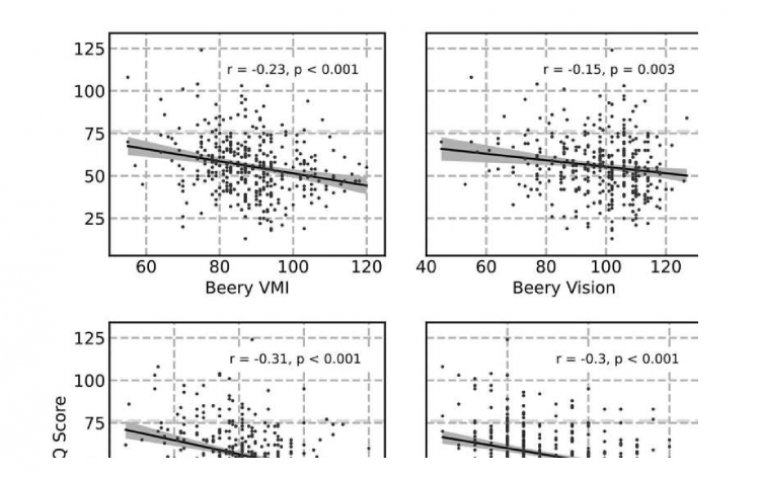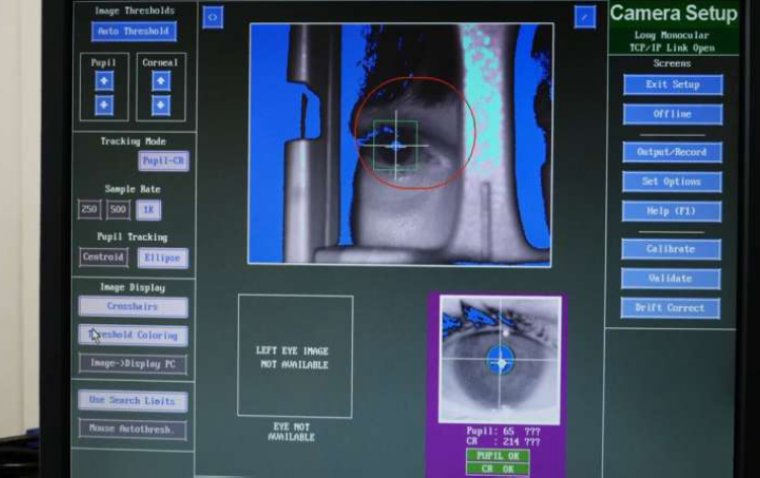
New Study Reveals Pupil Response Discrepancy in Patients with Depression
In a recent study conducted by scientists from the Max Planck Institute of Psychiatry, researchers delved into the realm of pupillary reactions to uncover valuable insights into the physiological mechanisms underlying depression. The study, led by research group leader Victor Spoormaker and first author Andy Brendler, focused on measuring the pupillary response of participants while they engaged in a task.
The results, published in the journal Scientific Reports, shed light on a notable distinction between healthy participants and those grappling with depression. In individuals without depression, pupils dilated in anticipation of a reward during the task, emphasizing a connection between motivation and pupillary reaction. However, this crucial reaction was noticeably diminished in participants afflicted by depression.
"The reduced pupil reaction was particularly noticeable in patients who could no longer feel pleasure and reported a loss of energy," explained Andy Brendler, highlighting the link between a diminished pupillary response and the prevalent symptom of listlessness in depression.
Victor Spoormaker, elucidating the significance of the findings, stated, "This finding helps us to understand the physiological mechanisms behind listlessness better." The study emphasized that listlessness is a common symptom of depression and pointed to the importance of comprehending the associated physiological processes.
Central to the study's revelations is the role of the locus coeruleus, a brain structure housing the highest concentration of noradrenergic neurons in the central nervous system. Noradrenergic neurons respond to the neurotransmitter norepinephrine, a critical component in stress response and the upregulation of arousal. The study found that the reduced pupillary response in patients with more listlessness indicated a lack of activation in the locus coeruleus, pinpointing it as a crucial physiological process contributing to the feeling of listlessness.
.jpg)
Correlation pupil dilation and number of symptoms for depressed patients. (a) original study; (b) replication study; and (c) combined samples. Estimation of the correlation between pupil dilation during reward anticipation and the number of depressive symptoms taking measurement uncertainty of each measurement into account (represented by vertical and horizontal error bars) including regression lines (a, b, and c, left panels). The Bayesian model estimated the true correlation while accounting for measurement uncertainty by sampling from a multivariate Gaussian distribution, leading to a posterior distribution that indicates the likelihood of the modelled correlation (a, b, and c, right panels). Credit: Scientific Reports (2024).
Furthermore, the study revealed a correlation between the severity of depressive symptoms and the weakened pupil response, reinforcing the reliability of the findings. This replication aligns with a previous study by the same research group, highlighting the rarity of replicability in neuropsychiatric methods and establishing pupillometry as a dependable method for research.
The potential applications of pupillometry extend beyond understanding depression's physiological underpinnings. It could serve as a supplementary method for diagnosis and pave the way for individualized treatment strategies. For instance, patients exhibiting a significantly reduced pupil response could benefit more from antidepressants targeting the noradrenergic system. Dosages of medication could also be optimized based on the observed pupillary reaction.
Given that approximately 30% of depressive patients do not respond positively to current medications, the study underscores the urgency of unraveling the physiological intricacies of depression. This understanding could revolutionize the diagnosis and treatment landscape, offering hope to those for whom existing treatments have proven ineffective.
Reference
Andy Brendler et al, Assessing hypo-arousal during reward anticipation with pupillometry in patients with major depressive disorder: replication and correlations with anhedonia, Scientific Reports (2024). DOI: 10.1038/s41598-023-48792-0
(1).jpg)
